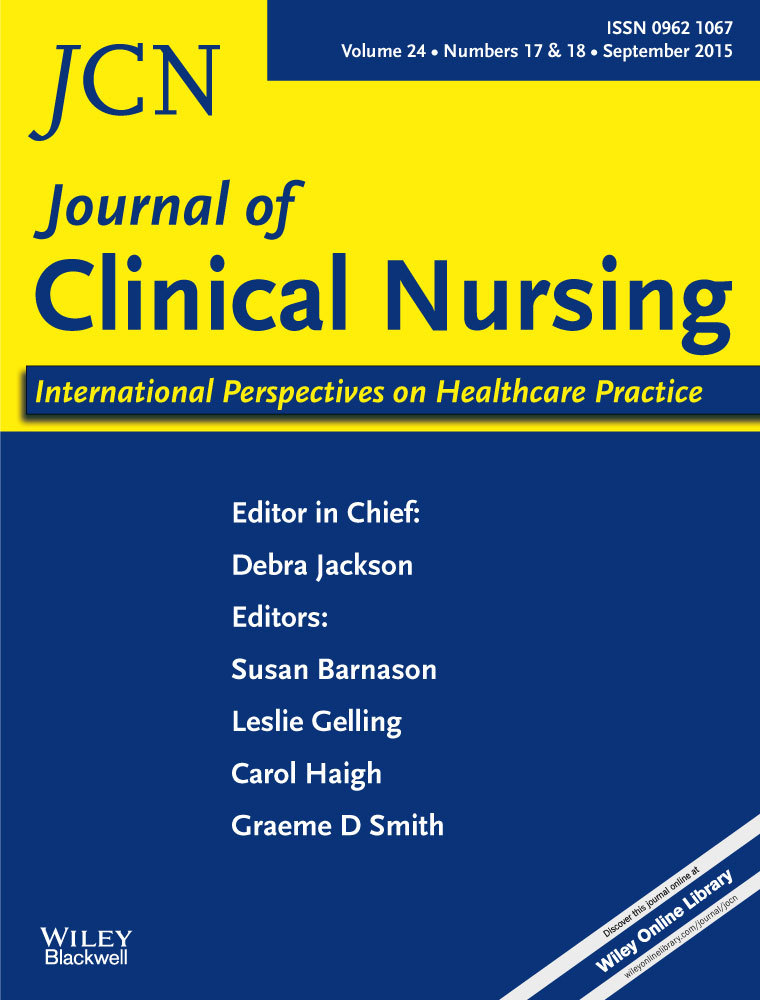The changing boundaries of nursing: a qualitative study of the transition to a new nursing care delivery model
Abstract
Aims and objectives
To explore how nursing personnel have experienced the introduction of a new nursing care delivery model within their setting.
Background
New ways of nursing care are being implemented in many countries to contain rising health care costs and deal with ongoing nursing shortages. The adoption of new nursing care delivery models will have a substantial impact on the nature of nursing practice.
Design
A qualitative design was used for this study. Symbolic interactionism was used as a guiding framework.
Methods
Semi-structured interviews were held with 20 nurses (17 registered nurses and 3 ancillary nursing personnel) in two hospitals in eastern Canada following the introduction of a new nursing care nursing model. The constant comparative method was used to analyse interview data.
Results
Four themes emerged from the data: (1) the ownership of tasks, (2) managing the workers, (3) a different way of knowing the patient and (4) the struggle to change.
Conclusions
Nursing boundaries were flexible, regardless of the implementation of a new nursing care delivery model. Nursing tasks shifted from one group of workers to another during the course of the day to meet patient needs.
Relevance to clinical practice
This study highlights the challenges in relation to the introduction of new nursing care delivery models within hospital settings.




